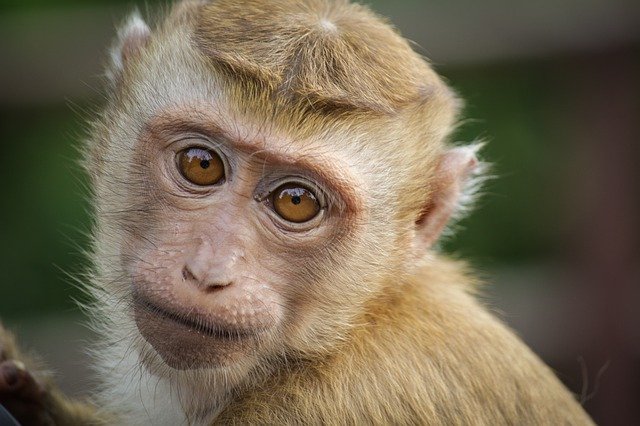Paleontologists have found the remains of an extinct species of monkey that lived in Europe and Asia between 7 and 5 million years ago. The discovery indicates that this species of monkey existed in Asia at the same time as apes, and is probably the ancestor of some of the modern monkeys in the area.
The discovery of fossils some 6.4 million years ago was made at a lignite mine in southeastern China’s Yunan province.
“This is significant because they are some of the oldest monkey fossils outside of Africa,” said Professor Nina Jablonski, an anthropologist in the Department of Anthropology at Evan Pugh University.
“It is close to or actually the ancestor of many of East Asian living monkeys. One of the interesting things from the perspective of paleontology, this monkey is in the same place and at the same time as the ancient apes of Asia,” he added.
Researchers studied the lower jaw bone and the upper part of the leg bone. The two specimens were found in close proximity and are probably from the same individual Mesopithecus pentelicus. A left calcaneus belonging to the same species was also discovered slightly below.
The team determined that the remains belonged to a female and believe that this type of monkey was capable of moving both through trees and on the ground.
“The significance of the calcaneus is that it reveals that the monkey was well adapted to move agile and powerfully both on land and in trees,” said Jablonski.
According to specialists, this locomotive versatility contributed to the success of the species in spreading through forest corridors from Europe to Asia.
The study of the teeth revealed that it fed on a variety of plants, fruits and flowers, while the apes eat mainly fruit. “The fascinating thing about this monkey, which we know from molecular anthropology, is that like other colobines – Old World monkeys – it had the ability to ferment cellulose,” Jablonski said. “It had a gut similar to a cow.”
These monkeys survived on low-quality, high-cellulose food, which gave them enough energy through fermentation to produce subsequent fatty acids from the bacteria. A similar route is used by ruminant animals such as cows, deer, and goats.
“Monkeys and apes would have been eating fundamentally different things,” Jablonski explained, detailing that apes eat fruits, flowers, easily digestible things, while monkeys eat leaves, seeds and even more mature leaves if necessary.
“Due to this different digestion, they do not need to drink water, obtaining all their water from the vegetation,” the researcher added. In this way, these monkeys do not have to live near water reservoirs and can survive periods of dramatic climate change.
“These monkeys are the same ones found in Greece during the same period of time,” said the professor. She added that they spread fast from a center somewhere in central Europe.
Previous evidence discovered suggests that this particular species originated in Eastern Europe and moved from there. However, the exact pattern of their migration has yet to be discovered. These ancient monkeys began to leave Eastern Europe in the late Miocene that spanned from about 23 million to 5 million years ago.
“The late Miocene was a period of dramatic environmental changes,” explained Jablonski. During this time, modern animals such as beavers and deer began to form, but around this time others such as three-toed horses and hornless rhinos became extinct. Furthermore, this period also saw apes become extinct in all parts of the world, except in Africa and parts of Southeast Asia.
“This is an interesting case in primate evolution because it attests to the value of versatility and adaptability in diverse and changing environments. It shows that once a highly adaptable form is established, it is successful and can become the ancestral reserve of many other species,” concluded the researcher.
The research is published in the Journal of Human Evolution.
